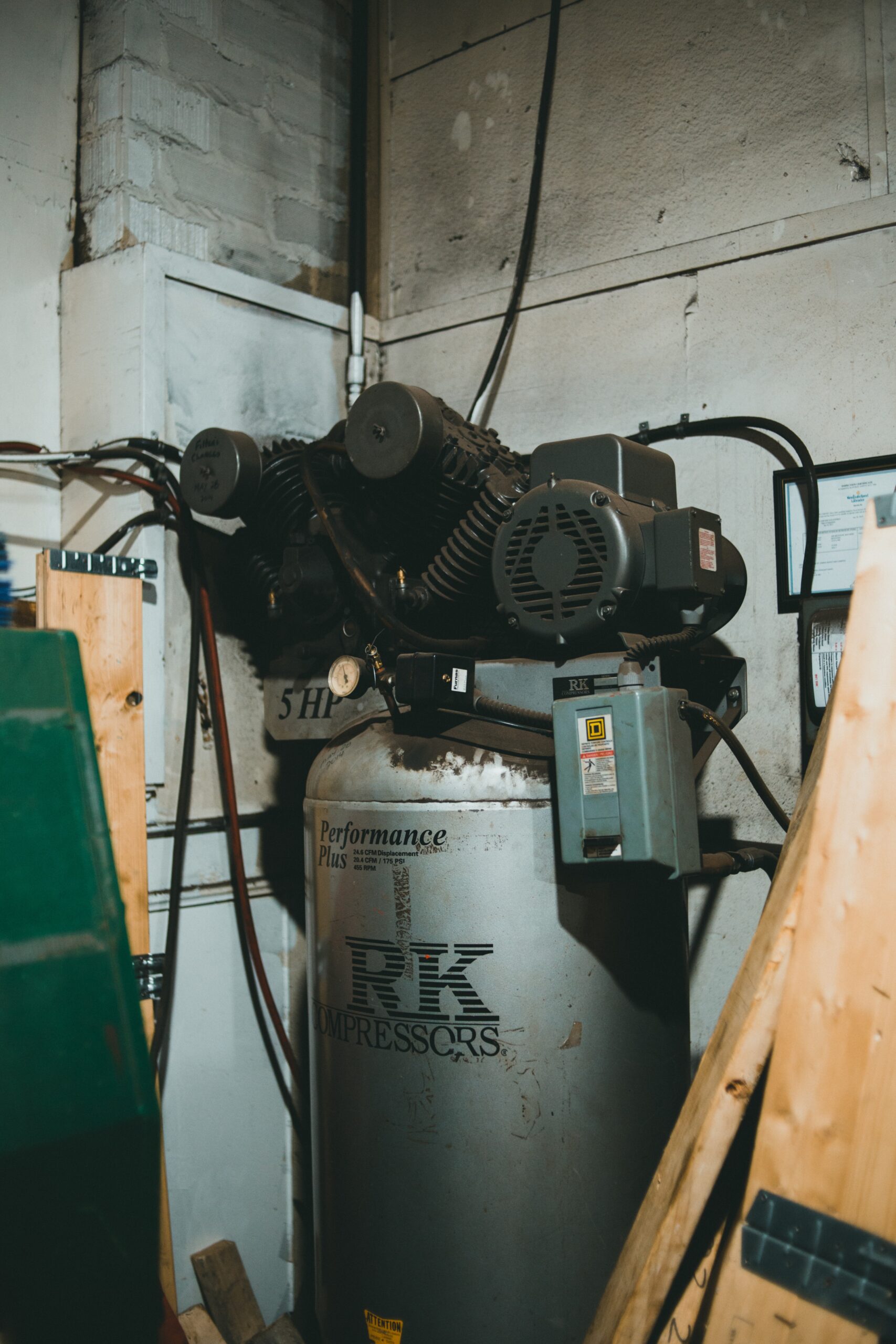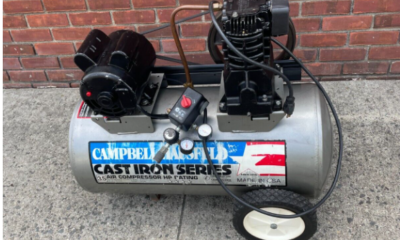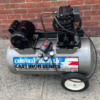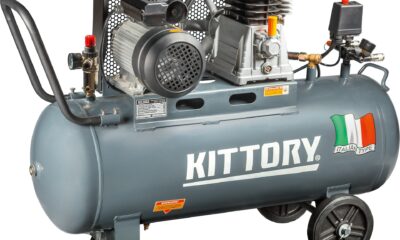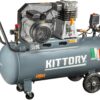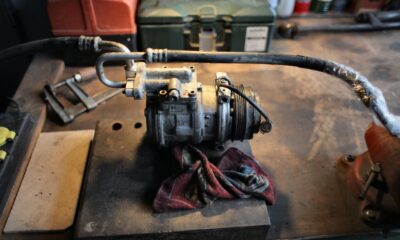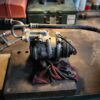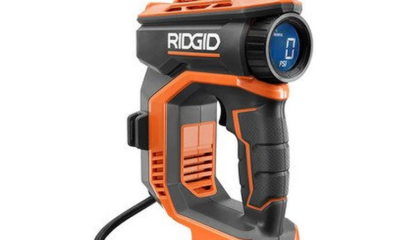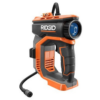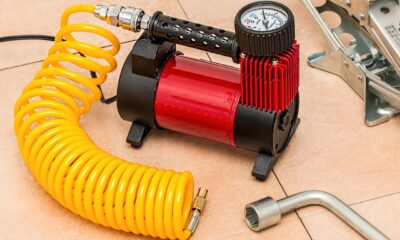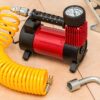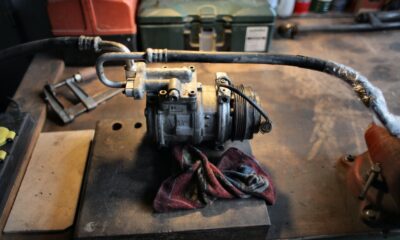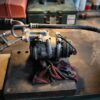Are you trying to figure out what a reciprocating air compressor is and how its pressure switch works? Don’t worry, we have got you covered! This article will provide a comprehensive understanding of these concepts. Not only will we delve into the mechanics of a reciprocating air compressor, but we will also explain the role and operation of its pressure switch. So, let’s dive into it.
What is a Reciprocating Air Compressor?
A reciprocating air compressor is a type of compressor that uses a piston within a cylinder to compress air and store it in a high-pressure state. This type of compressor is commonly used in various applications, including industrial, automotive, and HVAC systems, due to its efficiency and reliability.
Understanding the Pressure Switch in a Reciprocating Air Compressor
The pressure switch is a critical component of a reciprocating air compressor. It serves as the electric counterpart to the piloted unloader valve, controlling the operation of the compressor based on the air pressure within the system.
Components of a Pressure Switch
The pressure switch is composed of several key components:
- Auto/Off Lever: This lever is used to manually separate the contacts, turning off the compressor.
- Terminals: These are the points where the incoming and outgoing power leads are connected to the pressure switch.
- Contacts: Made from a conductive material, these complete the electrical circuit and allow power to the motor.
- Diaphragm: This flexible material pushes against the block as air pressure increases, shutting down the motor when the specified ‘cut-out’ pressure is reached.
- Pressure Switch Relief Valve: This valve relieves pressure that was trapped between the pump and check valve.
- Adjustment Springs: These springs are used to increase and decrease the cut-in and cut-out pressure settings.
How Does a Pressure Switch Work?
The pressure switch operates in a cycle. With the air compressor plugged in, the user moves the lever to the ‘auto’ position, forcing electrical contacts inside the switch together to complete the circuit. This action starts the motor and the air compressor begins to pressurize. When the specified system pressure is reached, a diaphragm inside the pressure switch pushes against a mechanism which forces the electrical contacts apart, breaking the circuit and stopping the motor. As air is used and tank pressure drops to a specified ‘cut-in’ setting, the contacts close and the motor starts again. This cycle continues as long as the air compressor is in use.
Adjusting the Pressure Switch
Before performing work on any air compressor component, always unplug the machine from the power source and drain all pressure from the system. To adjust the pressure switch, turn the primary spring clockwise to increase both cut-in and cut-out settings or counterclockwise to decrease them. If the pressure switch has a differential adjustment spring, the same principle applies.
Takeaway
Understanding the operation of a reciprocating air compressor and its pressure switch is crucial for efficient and safe use. Regular maintenance and adjustment of the pressure switch can ensure the longevity of your air compressor and prevent potential hazards. Always remember to follow safety guidelines when working with these components.
